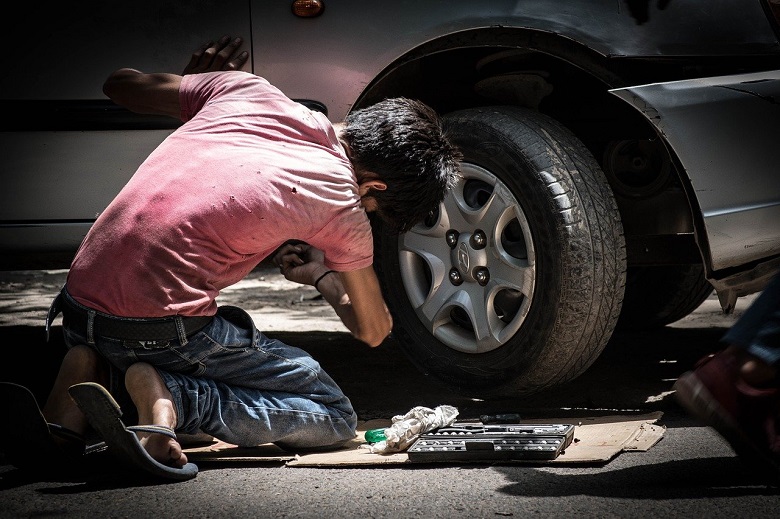Today, June 12, is International Day Against Child Labor, and the UN warns that the coronavirus crisis threatens to push millions of more children to work.
Child labour has skyrocketed for the first time in two decades, and the coronavirus crisis threatens to push millions of young people to the same fate, Unicef said.
In a joint report, the International Labor Organization and the UN Office for the Coordination of Humanitarian Affairs said the number of child labourers rose to 160 million in early 2020, increasing 8.4 million over four years.
The increase began before the pandemic outbreak and marked a dramatic reversal of the downward trend that had shown the number of working children to fall by 94 million between 2000 and 2016, he said.
While the rate(%) of children in child labour remained the same as in 2016, the increase in population meant that the numbers increased significantly.
As the Covid-19 crisis began to escalate, nearly 1 in 10 children worldwide was trapped in child labour, with Africa being hit hardest.
The pandemic is in danger of worsening the situation, services say. They warn that if urgent action is not taken to help several families escape poverty, up to almost 50 million more children could be compelled to work for the next two years.
“We are losing ground in the race to end child labour,” said Unicef chief Henrietta Fore, adding that “the Covid-19 crisis is making a worse situation worse.”
“In the second year of the global lockdown, school closures, financial turmoil and shrinking national budgets, families are being forced to make sad choices.”
If the latest poverty forecasts rise due to the pandemic, another 9 million children will be pressed into child labour by the end of 2022, the report said.
However, one model shows that the number could be more than five times higher, according to UNICEF statistics expert Claudia Cappa, who wrote the report.
“If social security coverage falls from current levels as a result of austerity regulations and other factors, the number of children trapped into child labour could increase by an additional 46 million by the end of next year,” he reportedly told AFP.
The report, published every four years, shows that children between the ages of five and 11 make up more than half of the worldwide population. Boys are much more likely to be affected, representing 97 of the 160 million children working in child labour by early 2020.
Worryingly, there is a significant increase in children aged 5 to 17 doing what is considered a dangerous task, which is supposed to affect a child’s development, education or health.
This may include working in hazardous industries, such as mining or using heavy machinery, and working more than 43 hours a week, making schooling impossible. According to the report, seventy-nine million children were estimated to be doing such dangerous work in early 2020, up 6.5 million from four years earlier.
“Children as young as five years old are employed working hard, mining rocks, gold, diamonds and precious metals in Africa, Asia and South America, at constant risk of dying from an accident at work, being injured or becoming a chronic patient.”
The survey reveals that most child labour is concentrated in agriculture, accounting for 70% of the world’s population, or 112 million children.
In Greece, about 50,000 minors work in shops, handicrafts, factories, agricultural work, while every year, 10,000 children drop out of compulsory education and lose their right to a future of equal opportunities.
According to the report, the most significant increase in child labor was observed in Africa. According to the report, population growth, recurring crises, extreme poverty, and inadequate social protection policies have pushed an additional 16.6 million children into child labour since 2016.
Almost a quarter of children aged five to 17 in Africa are already working, compared with 2.3% in Europe and North America.
